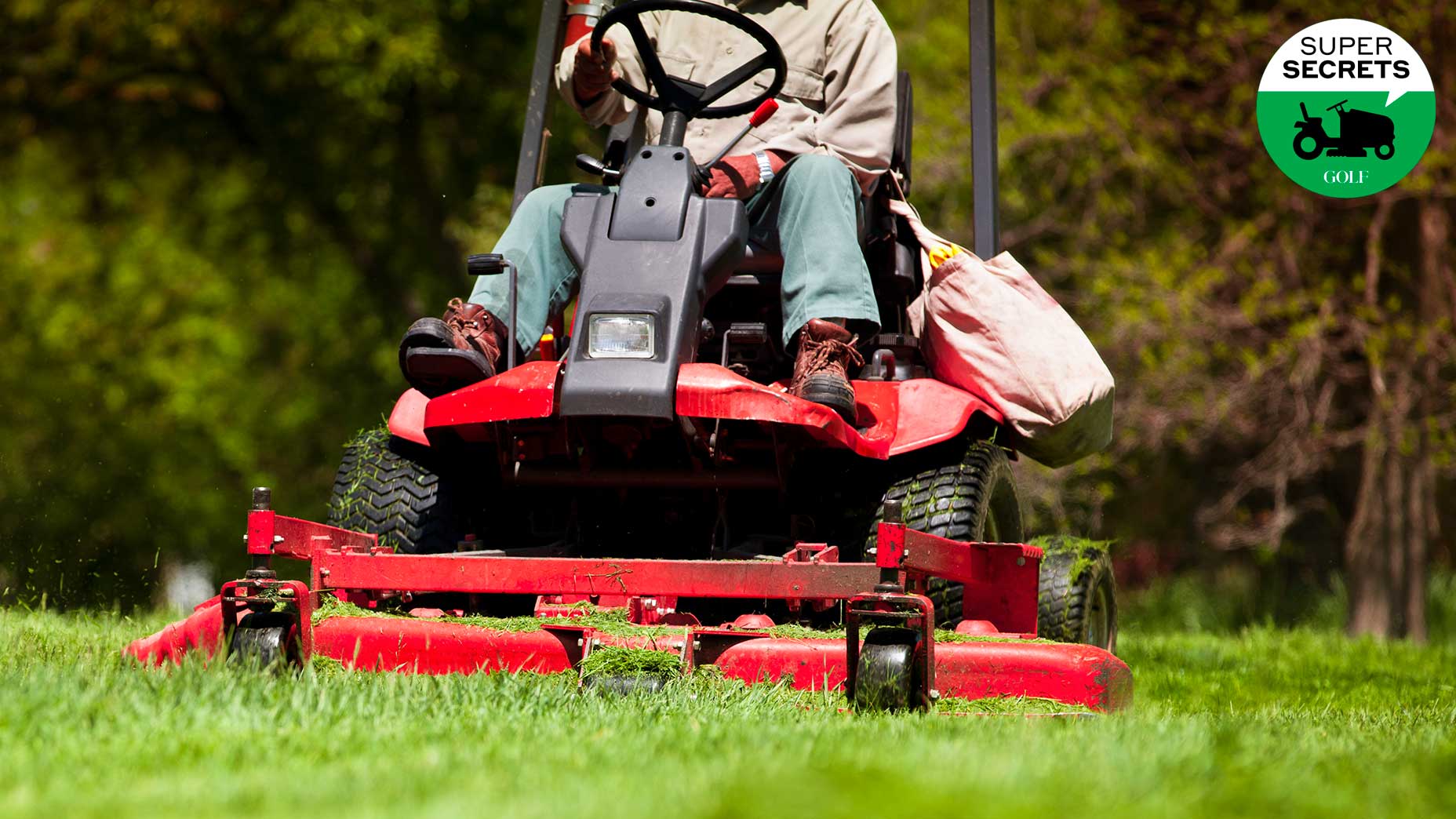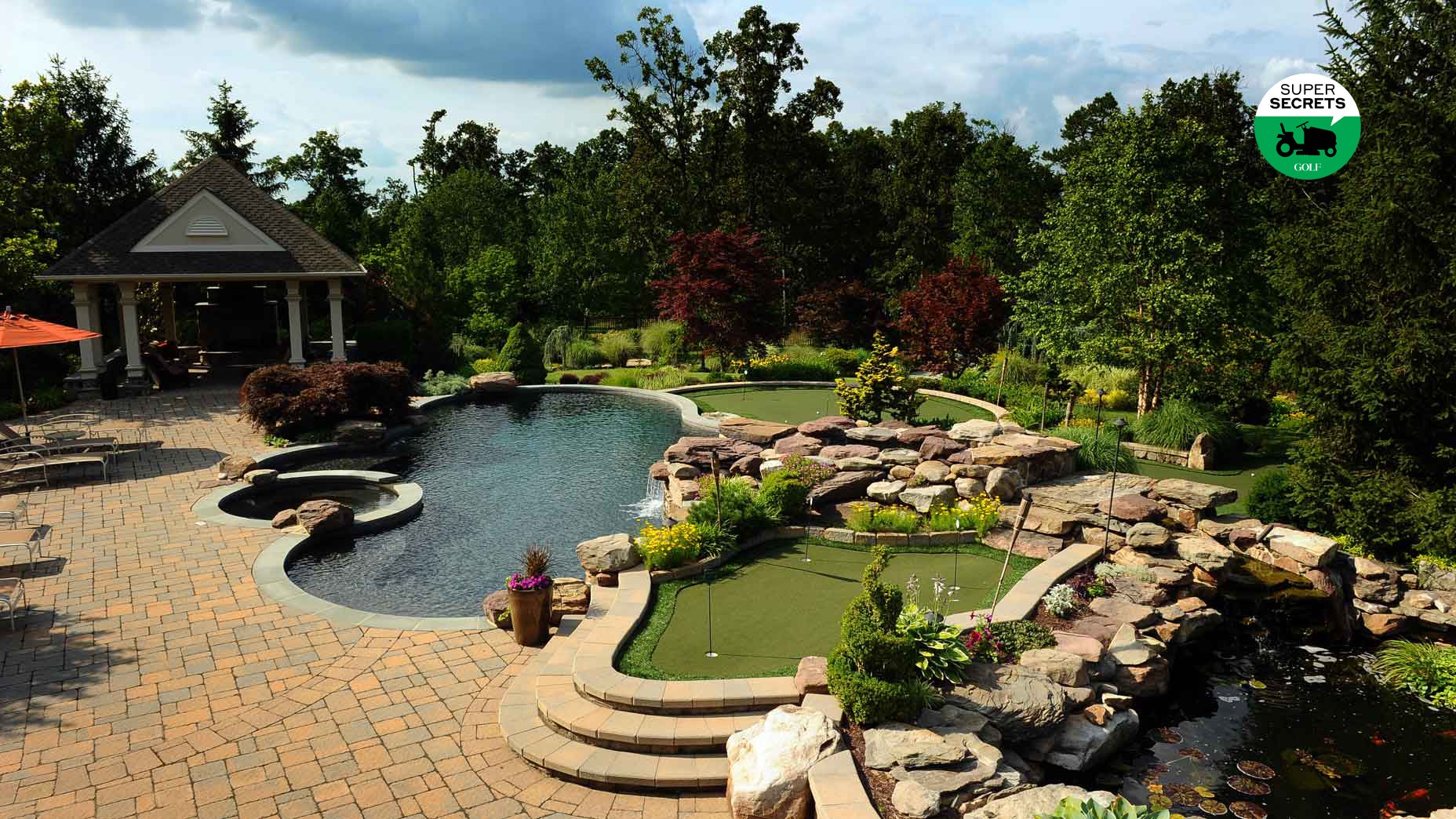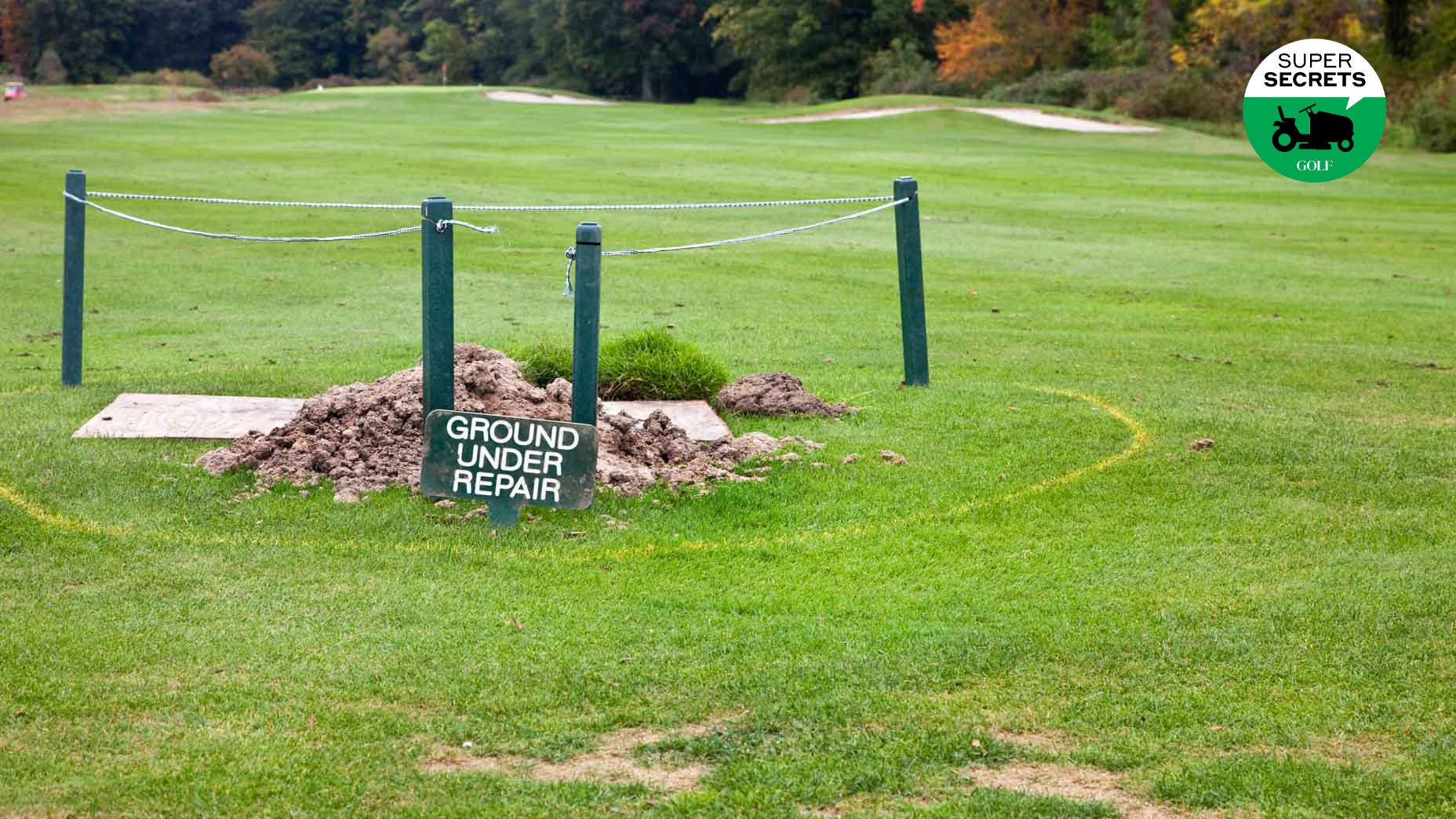In the United States last year, the golf course and country club industry had a market size of roughly $27.2 billion, a hefty number but one that was a fraction of another turf-dependent sector: landscaping, which tipped the scales at more than $170 billion. While commercial grounds, public parks and sports fields accounted for much of that figure, yards represented a good chunk, too.
The point being: people love growing grass around their homes. And when you love something, you fuss over it. And you seek out tips that will help you keep it healthy.
Over the past year, in this space, we doled out our share of weekly lawn-care advice, drawing on the expertise of superintendents. The counsel covered a range of areas of turf upkeep, and while some proved more popular than others, a handful of the most-read focused on a hot topic, literally: protecting grass from heat.
Yeah, we know. It’s winter. But summer will be here before you know it, and because turf-care tips, like swing tips, can take a while to sink in, let’s take a moment to review them here.
1. Avoid evaporation
Just as confidence on the course can vanish in an instant, so can water droplets on hot days. Faster than you can say “evapotranspiration,” they dissipate into thin air. The takeaway: water at the bookends of the day, before dawn or just after sunset, when temperatures are cooler and winds are down. If you irrigate at high noon when the sun is blazing, you’re mostly wasting a precious resource, a lot of which will either evaporate or blow away in the wind before it even hits the ground.
2. Target trouble spots
When grass gets dangerously dehydrated, it starts to discolor. With cool-season grasses, the hue looks lambast blue. Warm-season grasses turn something close to black. If you see a troubled patch starting to form, hand watering — also known as spot watering — is the way to go. Turn your hose directly on the parched turf, and irrigate until the soil is damp. A quick way to check is to stick a screwdriver in the ground and see if it comes up wet.
3. Throw shade
In the searing heat of summer, Augusta National sets up tents around its greens to protect them from the sun. That’s not a bad idea. But maybe it strikes you as a bit excessive. A lower-cost and less obtrusive option (read: less likely to annoy the neighbors) is to use black netting, like the type superintendents often use to protect a tee box they’re saving for a tournament. On the golf course, netting usually means “keep off.” But it can serve as shade as well.
4. Raise your mowing heights
As any superintendent will tell you, the tighter-mown the grass, the more delicate it is. The longer it gets, the more rough-and-tumble it becomes. So let your grass grow to the height of shaggy rough. Think of it is a win-win: less work you. More resilience for your lawn.










